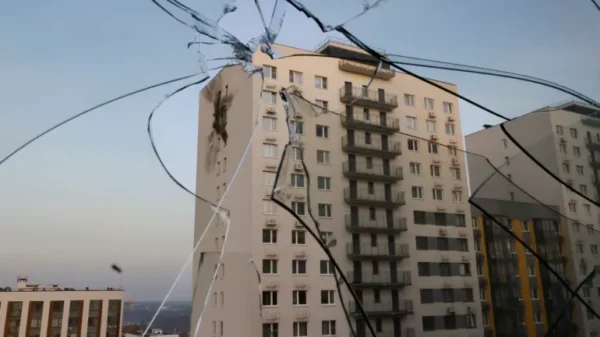Introduction to the O-R3 Outdoor Surveillance Robots
The O-R3 outdoor surveillance robots, developed by the Singapore-based robotics company Otsaw, represent a significant advancement in the realm of security technology. These autonomous robots are designed to enhance surveillance capabilities through a combination of advanced features and robust functionalities. Notably, the O-R3 units are equipped with sophisticated navigation systems that allow them to memorize and autonomously follow pre-determined paths. This feature ensures consistent and thorough coverage of designated areas without the need for human intervention.
One of the standout features of the O-R3 robots is their ability to record high-definition video and capture photos, providing real-time monitoring and evidence collection. The robots are fitted with an array of sensors, including LIDAR, cameras, and thermal imaging, which enable them to detect and respond to various environmental changes and potential security threats. These sensors work in tandem to create a comprehensive surveillance network that operates efficiently around the clock.
Furthermore, the O-R3 robots are designed to integrate seamlessly with existing security infrastructures, offering a scalable and flexible solution for a variety of settings. They can be programmed to execute specific security protocols and respond to incidents with precision, thereby augmenting the capabilities of human security personnel. Additionally, the robots’ ability to operate in diverse weather conditions and challenging terrains makes them a versatile asset for outdoor security applications.
The deployment of robotic technology in security applications is becoming increasingly prevalent, driven by the need for more reliable and efficient surveillance solutions. Otsaw’s innovations, exemplified by the O-R3 robots, stand out in the industry due to their cutting-edge technology and practical utility. By leveraging artificial intelligence and machine learning, these robots not only enhance security measures but also reduce the operational costs associated with traditional surveillance methods. As the adoption of robotic security solutions continues to grow, the O-R3 robots are poised to play a pivotal role in shaping the future of automated surveillance.
Implementation and Impact at SAMMinistries Shelter
The O-R3 surveillance robots have been introduced at the SAMMinistries shelter in San Antonio as part of a pilot testing program aimed at bolstering security and monitoring capabilities. The primary goal of this initiative is to enhance the safety of residents and staff by deploying advanced technology that can operate continuously without the limitations and vulnerabilities associated with human security personnel. The O-R3 robots are equipped with a range of sensors, cameras, and artificial intelligence systems designed to detect unusual activities, monitor entry and exit points, and provide real-time alerts to security staff.
Initial feedback from SAMMinistries staff and residents has been largely positive. Many have expressed appreciation for the added layer of security, noting that the presence of the robots has made them feel safer, particularly during nighttime hours. The robots’ ability to operate autonomously and provide constant surveillance has been highlighted as a significant advantage. However, some challenges have also been noted. For instance, there have been occasional technical glitches and concerns about the robots’ ability to effectively navigate crowded or cluttered areas. These issues are being addressed through ongoing adjustments and improvements to the robots’ software and hardware.
Preliminary results from the testing period suggest that the O-R3 robots have the potential to significantly enhance security practices in similar environments. Their ability to provide continuous monitoring and rapid response to incidents could be particularly beneficial in shelters, hospitals, and other facilities where security is a paramount concern. Furthermore, the data collected by these robots can be used to identify patterns and trends, helping organizations to proactively address potential security threats.
The implementation of surveillance robots at SAMMinistries is a promising development in the field of security technology. As the testing program progresses, it will be crucial to continue evaluating the robots’ performance and gathering feedback from users to ensure that any challenges are promptly addressed. The successful integration of such technology could pave the way for broader adoption in various settings, ultimately contributing to safer and more secure environments.




































